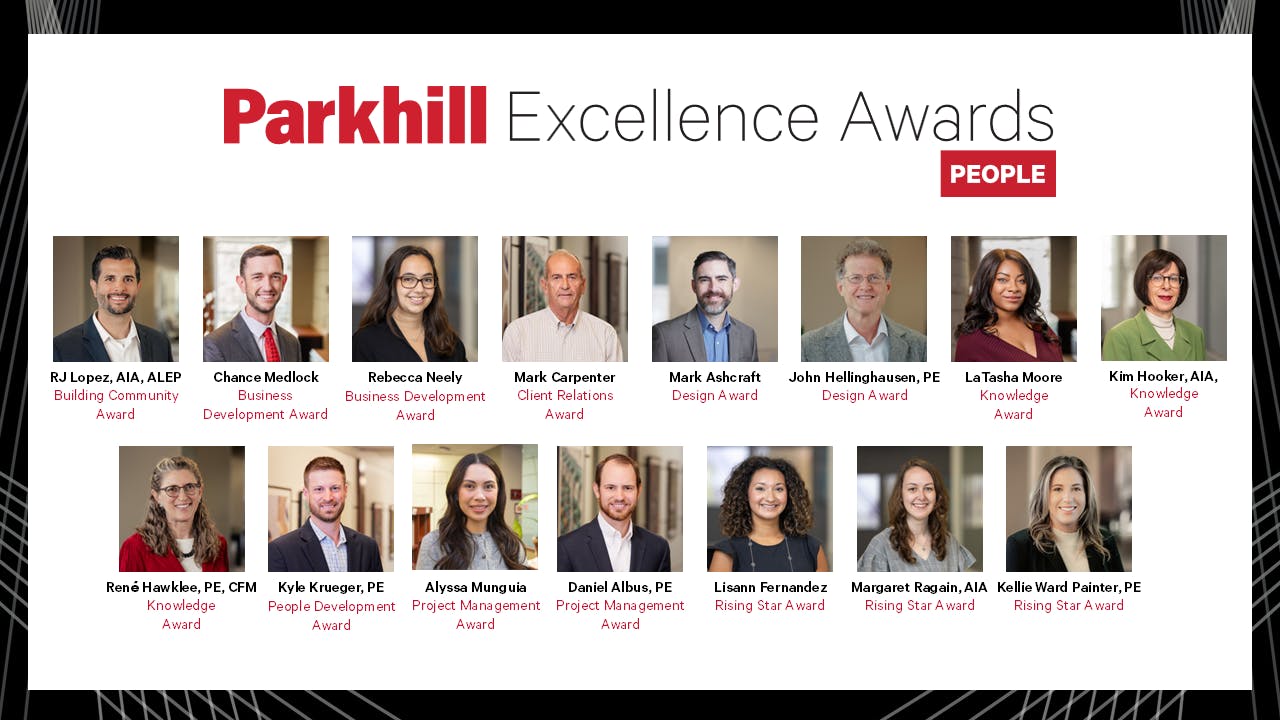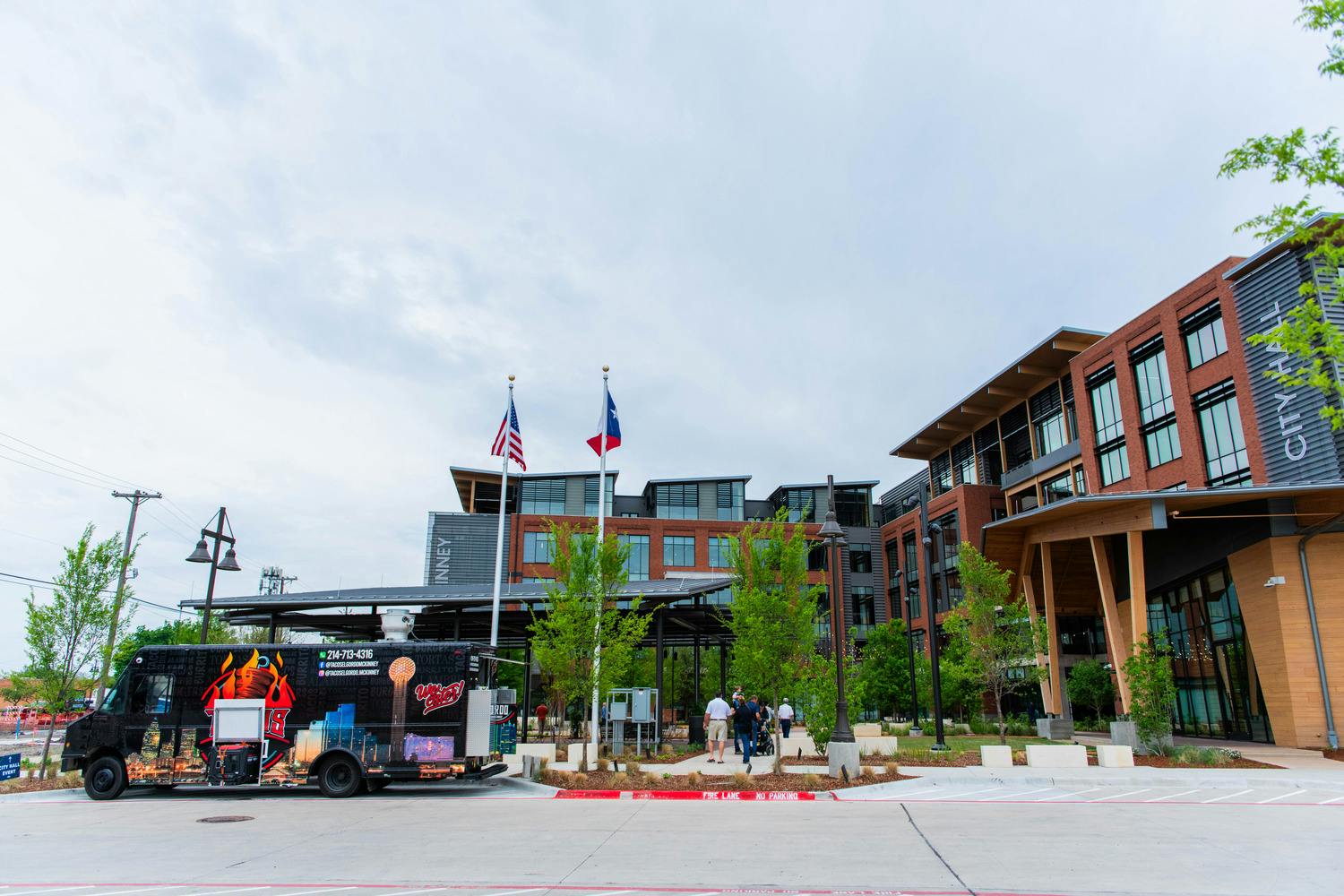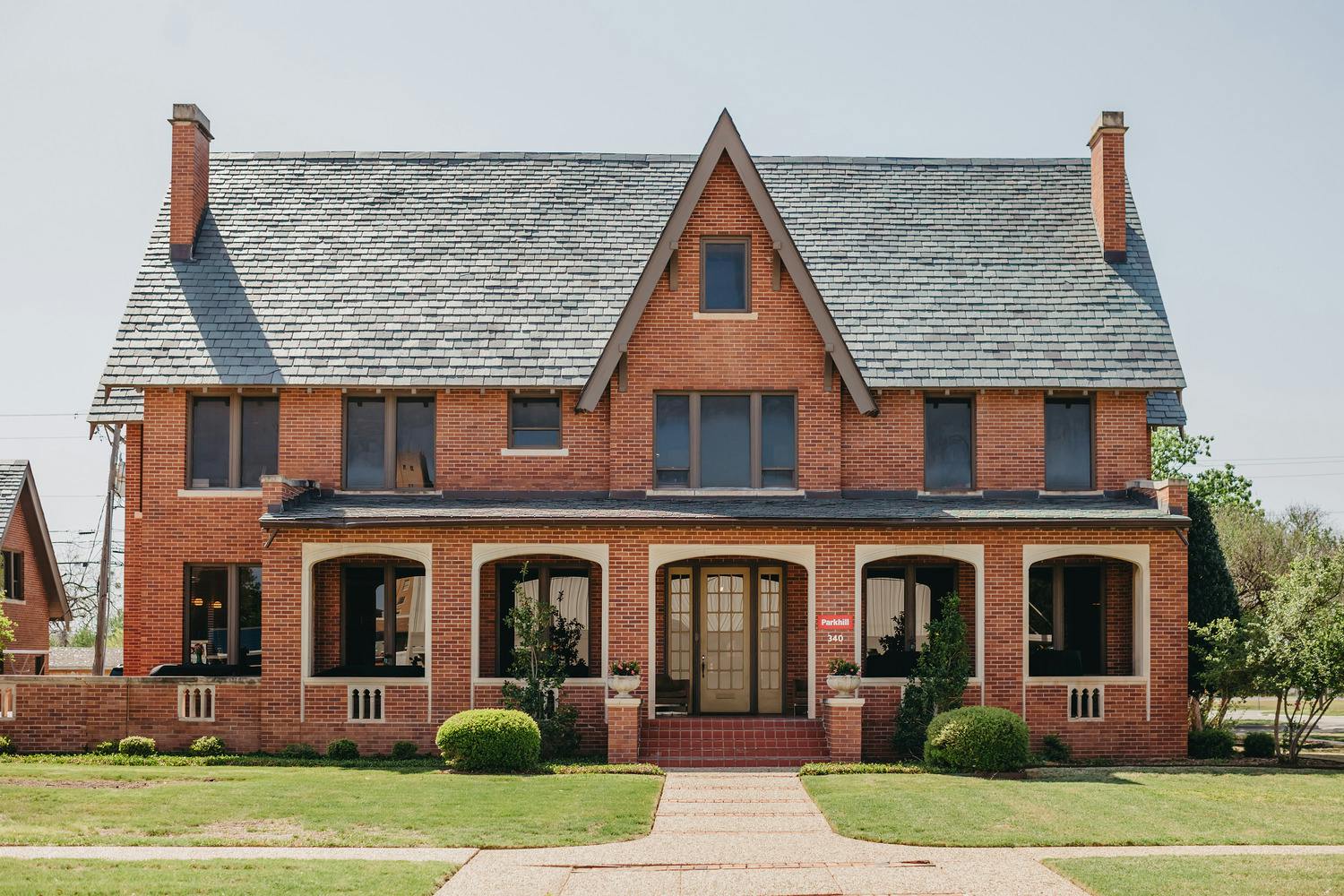Healthcare: Get to Know Paige Gollihar
Category: Architecture
Written By: Valerie Edgren
Date: December 1, 2021
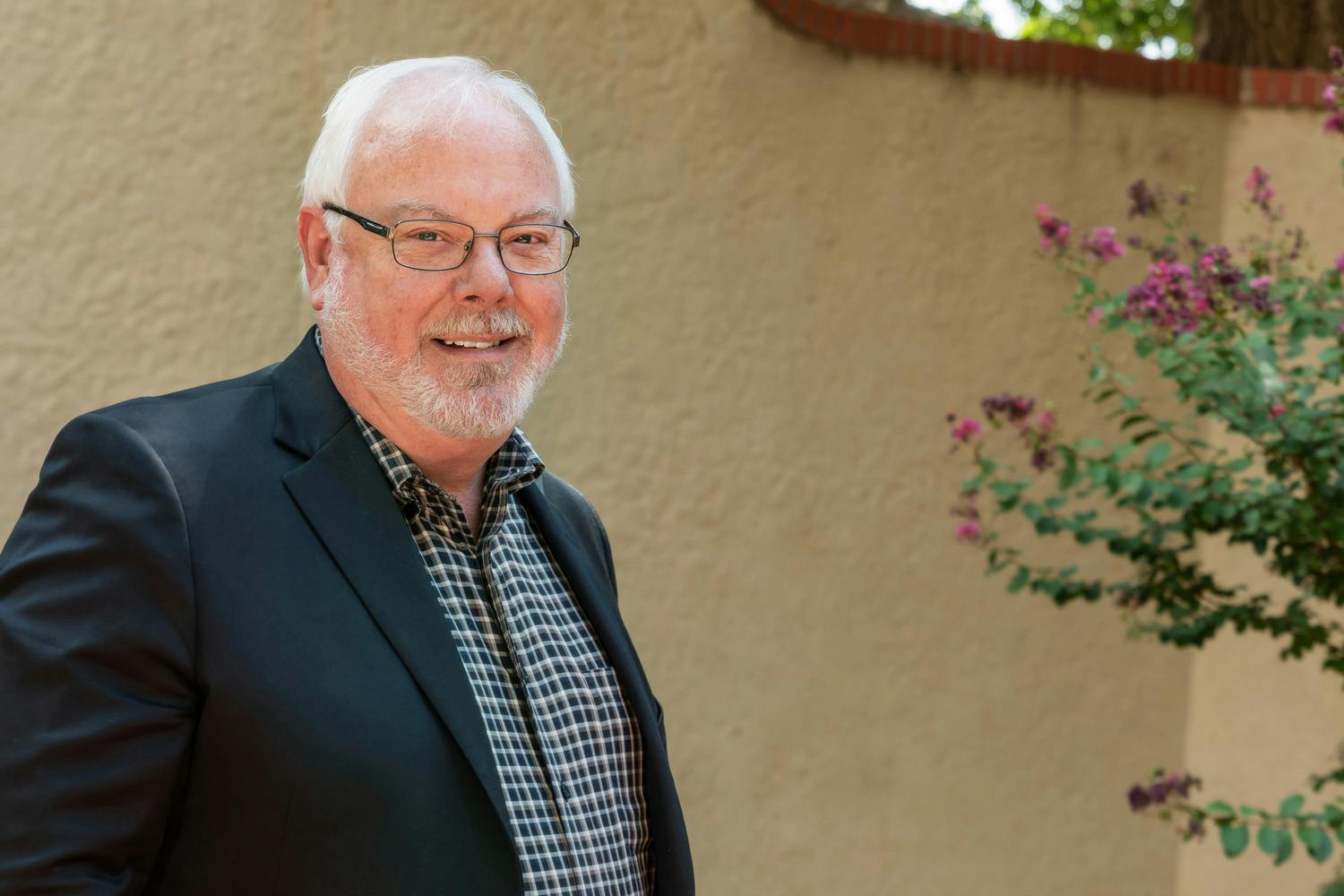
Paige Gollihar, AIA, is a Principal and a Studio Leader in Parkhill’s Healthcare Sector. With extensive experience in healthcare, allied facilities, codes, and standards, he has led the design of over 950,000 square feet of healthcare and healthcare-related projects in the past decade. Paige has long advocated on behalf of the architectural profession. He has served as the Texas Society of Architects chapter president and director and on numerous local and state code review committees, advancing Texas architecture.
Q: What values set Parkhill apart for you: real innovation, personal ownership, engaging collaboration, deepening credibility, life balance, contagious passion, enduring relationships, inspired contribution, unassuming influence, informed insight, or humble leadership?
All of them, of course! What sets Parkhill apart with regard to its mission, vision and values is that we are serious about them and openly discuss them with each other at every opportunity in our meetings and gatherings.
Q: What project has given you a passion for your expertise?
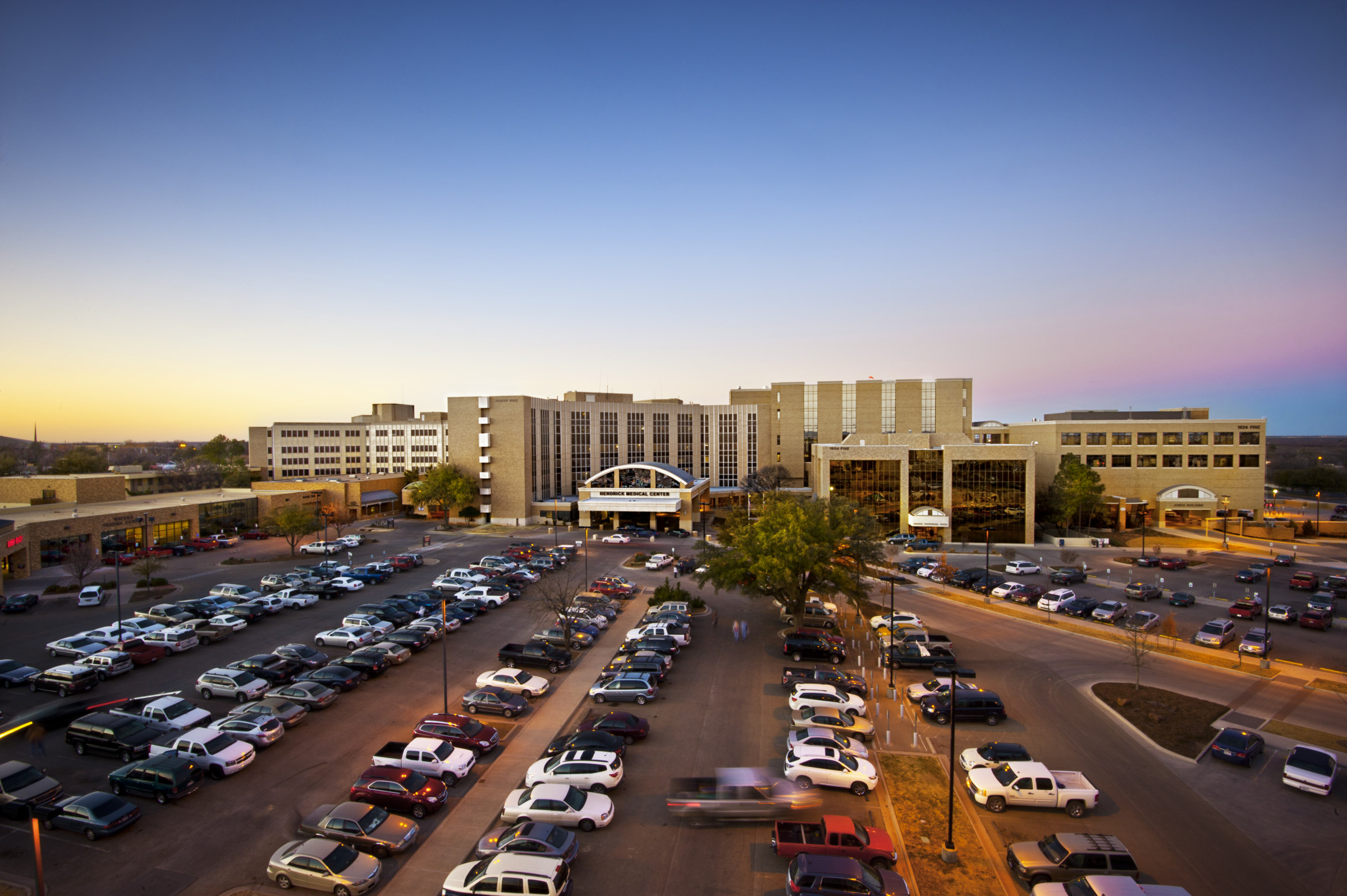 Every project is a welcome challenge, especially in Healthcare, where the health and lives of our patient community can be in the balance. Our long-time client, Hendrick Medical Center, has provided many project opportunities over the years. The most challenging and complex was Project 2010. In the end, it touched almost every department and service of the hospital, greatly expanding and improving the leadership’s ability to provide the highest level of healthcare in the region.
Every project is a welcome challenge, especially in Healthcare, where the health and lives of our patient community can be in the balance. Our long-time client, Hendrick Medical Center, has provided many project opportunities over the years. The most challenging and complex was Project 2010. In the end, it touched almost every department and service of the hospital, greatly expanding and improving the leadership’s ability to provide the highest level of healthcare in the region.
Q: What innovations have you helped with or have seen at Parkhill?
I have been actively practicing architecture for 40 years. In that time frame, the tools of our profession have changed drastically. The most impressive, however, has been the transformation in the past few years, especially with the pandemic. Because of all the new technologies at our disposal, we can work faster, better, and more efficiently from almost anywhere and still remain fully engaged with our Parkhill community and our clients.
Q: What do you think is the next challenge in your field?
For healthcare architecture, the challenge will be two-fold. First, we need to thoroughly and accurately assess, with evidence-based design strategies, how our healthcare environments need to adapt to changing community and health needs. And second, the evolving construction science industry demands that we address the limitations of traditional construction methodologies to deliver and operate the built environment more efficiently and sustainably.
Q: Looking forward, where do you see your industry going in the next 20 years?
I believe the healthcare industry, and those of us in the architectural/engineering community that serve their needs, are up to the task of successfully evolving to meet the challenges, both seen and unseen, over the next couple of decades. The secret is always to be open to new information, creative ideas, and relevant solutions — real innovation.

